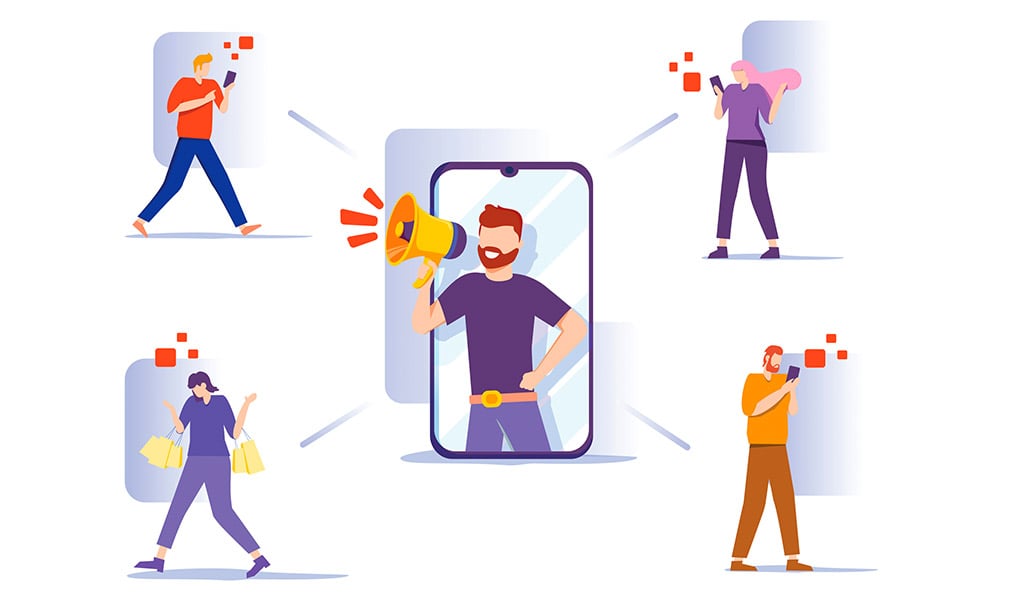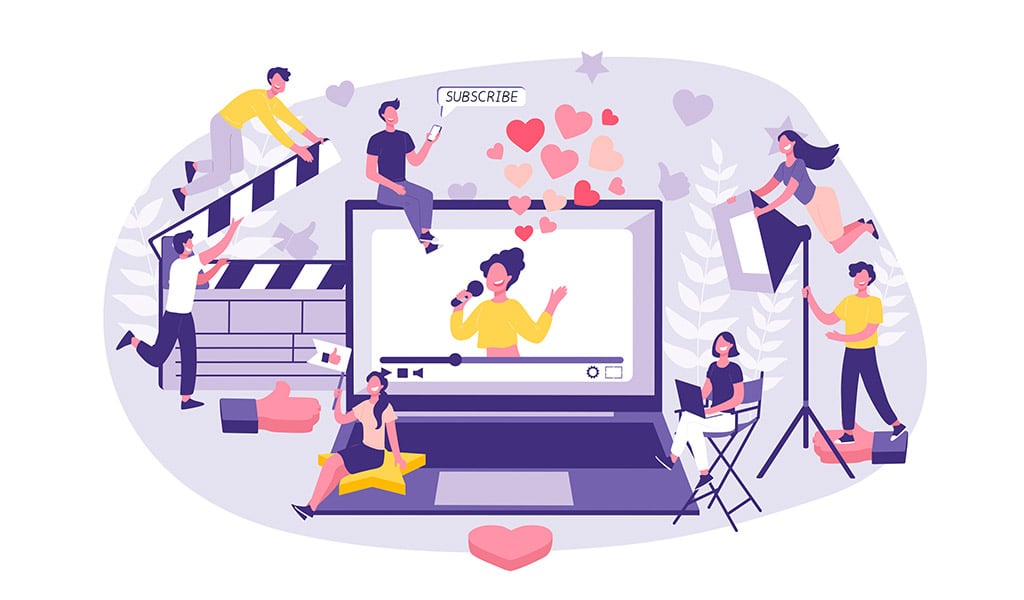
While it will likely be many more months or even years until we can officially declare we have defeated coronavirus, many countries are starting to reemerge from the pandemic. Lockdowns are being eased, and restrictions are being lifted in many places. Many countries are returning to a more normal way of life, at least compared to the last few months.
A major part of the reopening of countries is the reopening of businesses. Many businesses were forced to cease operating altogether, while others had to adapt to a new normal. For many businesses, this meant a dramatic slowing down of business. This is due to:
- Limitations on whether the business could open.
- How many customers were allowed in the shop.
- Supply chains being disrupted.
- Customers finding themselves in financially vulnerable situations and therefore having less expendable income.
- Customers being anxious to spend money rather than save money due to fears over their future financial situation or fears of an upcoming recession.
- Lower demand for certain products or services. Some products or services are more valuable during a pandemic than others. For example, the demand for entertainment and gaming rose due to more people being stuck indoors. Conversely, any products or services related to travel experienced a drop in sales.
As we start to move out of the pandemic way of life, many businesses have overcome or are well on their way to overcoming the challenges above. Many customers will be returning to their jobs and will have more expendable income. Supply chains are stabilizing. Fewer people are stuck indoors and will be ready to spend money on alternative products and services than the ones they focused on during the pandemic. Many nonessential businesses are now allowed to open for customers. With this in mind, many companies are now thinking about how they should re-engage their customers. That’s what we’re looking at today. How can you re-engage customers after the pandemic?
How to Re-Engage Your Customers After the Pandemic
1. Create Memorable Experiences
Customer experience is the major way that businesses are competing in 2020, and the pandemic hasn’t changed that. If anything, customers now have a clearer idea of what they want from businesses than before the pandemic. Many consumers have had to slow down and think about where they are spending their money and which businesses to support. For example, there has been a real push to support small or local businesses to help them survive the pandemic. Many people have also cut back on their spending and may be reluctant to return to their pre-pandemic spending habits. This increases the level of competition between businesses and is why creating memorable experiences is so important. Here are some tips on creating memorable positive experiences for your customers:
- Create “wow” moments – Don’t just meet expectations, try to exceed them. Try and deliver items quicker than expected. Send customers freebies and make these gifts personalized.
- Hire the right people – Your employees, especially the customer-facing ones, have a huge influence on the experience of your customers. Hire staff who match the culture of your business and have a positive attitude.
- Know when to intercept customers in their buying journey – Have customers in the past reported having issues with a part of your site or product? Insert a chatbot and encourage the user to chat if they have any problems. Has someone left an item in their cart but not purchased it? If a few days have passed you can send them a reminder and a discount.

2. Social Media
How do customers feel about your brand? Every business should be able to answer that question. Social monitoring is an important aspect of any business in 2020. You can monitor when your company is mentioned in Tweets or Facebook posts and decide how to respond. Sometimes this response comes in the form of becoming engaged in the conversations and directly addressing the issues. Sometimes you’ll want to take this conversation offline so you can foster a personal connection with the customer and reduce the impact of any negative comments they might say if they are feeling irate.
Knowing how customers feel about your brand tells you everything you need to know about how to re-engage your customers. For example, if you see a customer Tweet that says “I can’t wait for [Business] to open so I can have the Spicy House Burger again”, you might run an ad campaign or a series of Tweets around this burger.
If you don’t see customers mentioning your brand in their posts, or there isn’t much to work with, there are still approaches you can take. Ask your customers questions on social media. These questions can serve two purposes. Firstly, it can be a way to drum up some excitement for your business and build relationships with your customers. Secondly, you can use it as a way to gauge what your customers want from your business re-opening. For example,
“Are you excited for the sale were running on [product X] this weekend?”.
“We’re excited to see you in our store when it opens on Tuesday! What are you looking forward to?”.
“Our online store is open! If you have any questions about our products you can contact our sales team or talk to our chatbot”.
3. Personalization
In 2016, 33% of customers abandoned a brand because it wasn’t personalized enough. If you want to target your previous customers, you need to personalize the experience. Don’t just send canned emails or general promotions. Use the data you have on your customers to send personalized messaging or promotions. If you already have an omnichannel platform with data collection and AI capabilities, this will be much easier and can be automated quickly. If you don’t have this infrastructure in place, this will be a more manually intensive task, but it does yield great results. Customers are more likely to buy the products they have bought in the past or products connected to these products.
You can use personalized targeted marketing based on:
- Demographics or psychographics – The values, opinions, interests, hobbies, lifestyle factors, gender, age, marital status, and so on.
- Customer behavior – How customers interact with your brand. This can be their digital movements on your website, how long they read your blog, how they behave in calls with customer service.
Personalization has been extremely successful for a lot of companies. For example, when Coca Cola ran the “Share a Coke with…” campaign where Coke bottles featured first names like “Dan”, “Laura”, “James” and so on, Coke consumption went up 7% in the US. People wanted a bottle with their name on. It added a touch of personalization and an element of novelty to the experience of buying a soft drink.
4. Create Content and Incentives for Each Segment Affected by the Pandemic
If we look back to the reasons that customers have become disengaged in the business during the pandemic, you can tailor the experience to these customers.
Lower demand for products or services due to the pandemic
You may have customers who stopped buying your products or services during the pandemic simply because they couldn’t use them. For these customers, you should remind them of what they loved about your products. Why is your product useful to them? What problem does it solve? Build content for these customers to remind them why they used to buy your products.
Disrupted supply chains
You may have customers who intended to buy your products during the pandemic but found that the products they liked were out of stock. Other customers may have not tried at all because they experienced stock issues with other companies and assumed it would be the same for you. If everything is back to working as normal, remember to remind your customers.
Re-engage your customers by telling them what products they can get hold of and exactly how quickly they can get it. This displays your confidence in your products and your business.
Financially affected customers
Are you offering heavy discounts on some of your products? Let your customers know and tailor your content towards customers who love your products but have less money to spend right now. Your discounts benefit these customers the most. It’s also a great opportunity to offer a positive customer experience. Customers in this segment may have been disappointed that they need to cut back on buying your products. By offering discounts, you can show that you understand their position and still consider them a valuable customer.
Customers anxious about physical exposure as things open up
There will be plenty of consumers who don’t feel 100% comfortable returning to normal, despite restrictions being eased. You shouldn’t try to convince these customers to take any action they don’t feel comfortable with, but you can reassure them. Do you have policies in place for physical stores after the pandemic? For example, you can reassure customers that stock will be cleaned, and that hand sanitizer will be available at the entry and exits points to the store. The same is true if you offer contact-free deliveries.

5. Decide What Channels to Use and Monitor Your Success
Consider what channels you want to use to engage your customers. Here are some ideas:
- Email marketing – Remind customers of who you are and the products you offer with an email. Decide how often and how many emails to send.
- Newsletters – Inform your customers about the great things happening in your business right now. Do you have new products coming? Do you want to highlight some positive things that have happened in your local community? What have you been doing during the pandemic?
- Google and Facebook ad campaigns that drive customers to your website.
- Live chat services – Have agents ready to respond to customer questions on your website or app.
- Engaging with customers over WhatsApp or Facebook Messenger – Your customers are already on these platforms and have probably been on them more than usual during the pandemic.
- Sending customers an SMS with important information or discounts – SMS is very direct and customers are unlikely to miss the message. Just be careful to only send a text message to customers who have given consent for you to use their phone number in this way.
- Social media presence – Tweeting, Facebook posts, Instagram posts, and so on. Social media profiles are often the first thing a customer will check when they are wondering if a business is still active. If they see a lack of activity, they may assume that your business has closed or not ready to reopen. Many consumers won’t reach out to ask questions in this situation, they will simply choose a different option.
For email marketing, and social media engagement, you can monitor your success. You can see how many customers open the mail and click on any links to go to your website and buy your products. You can monitor social media engagement by how many likes, shares, retweets, or comments your posts get. You can use this information to determine which types of engagement work best for re-engaging your customers.